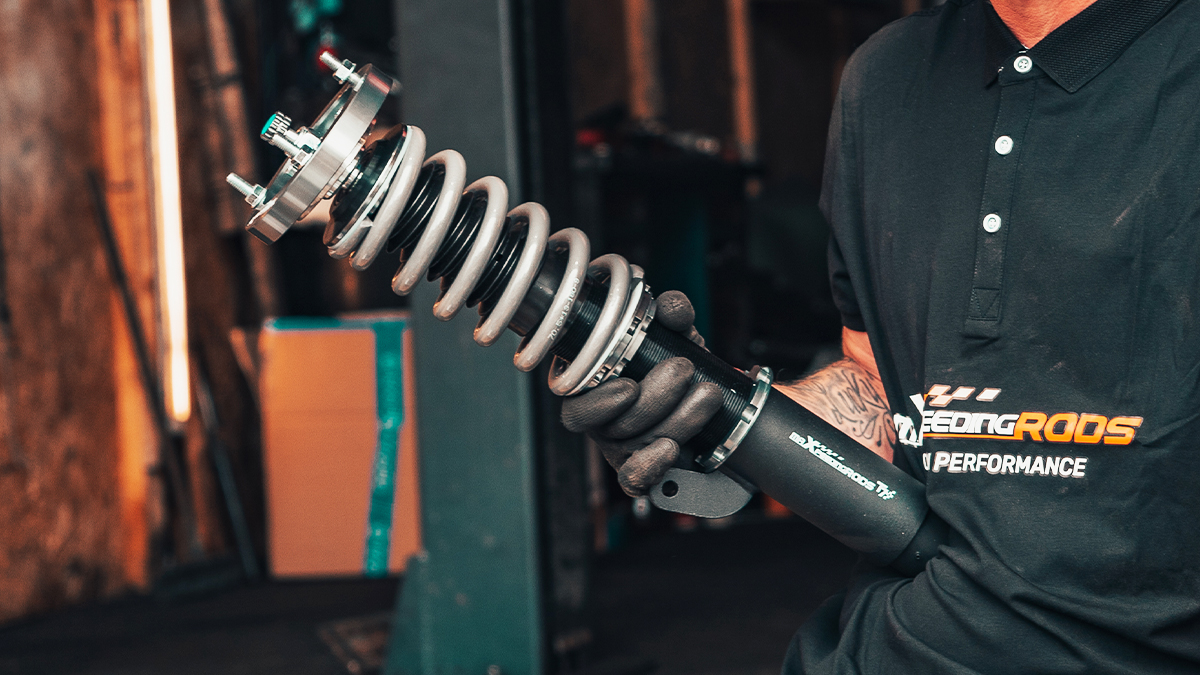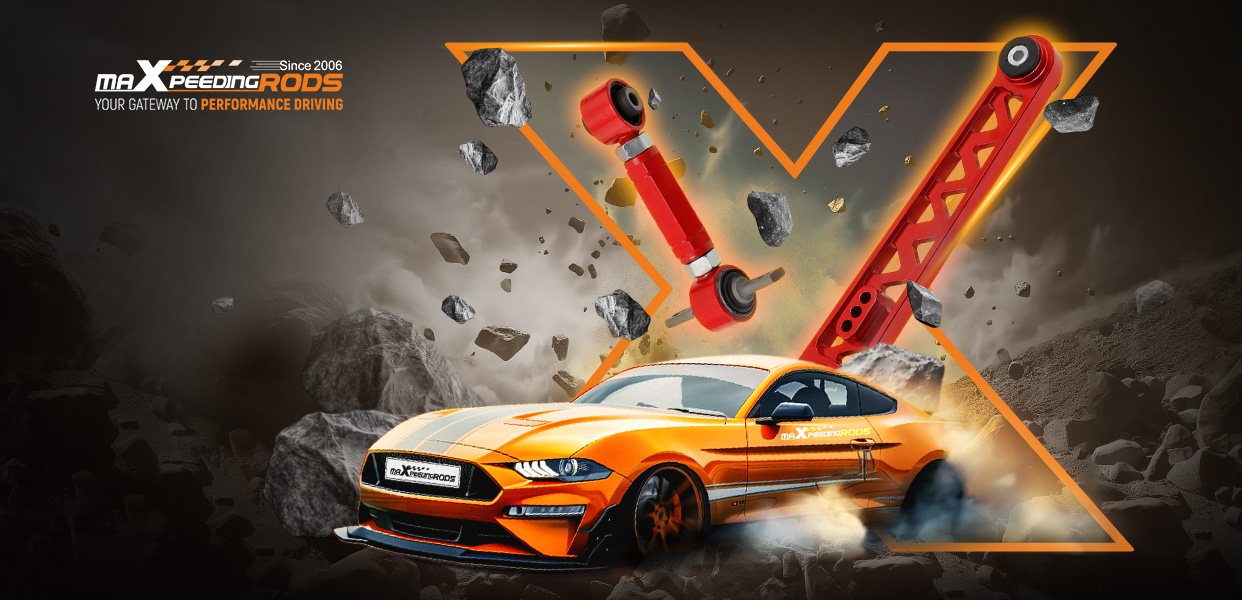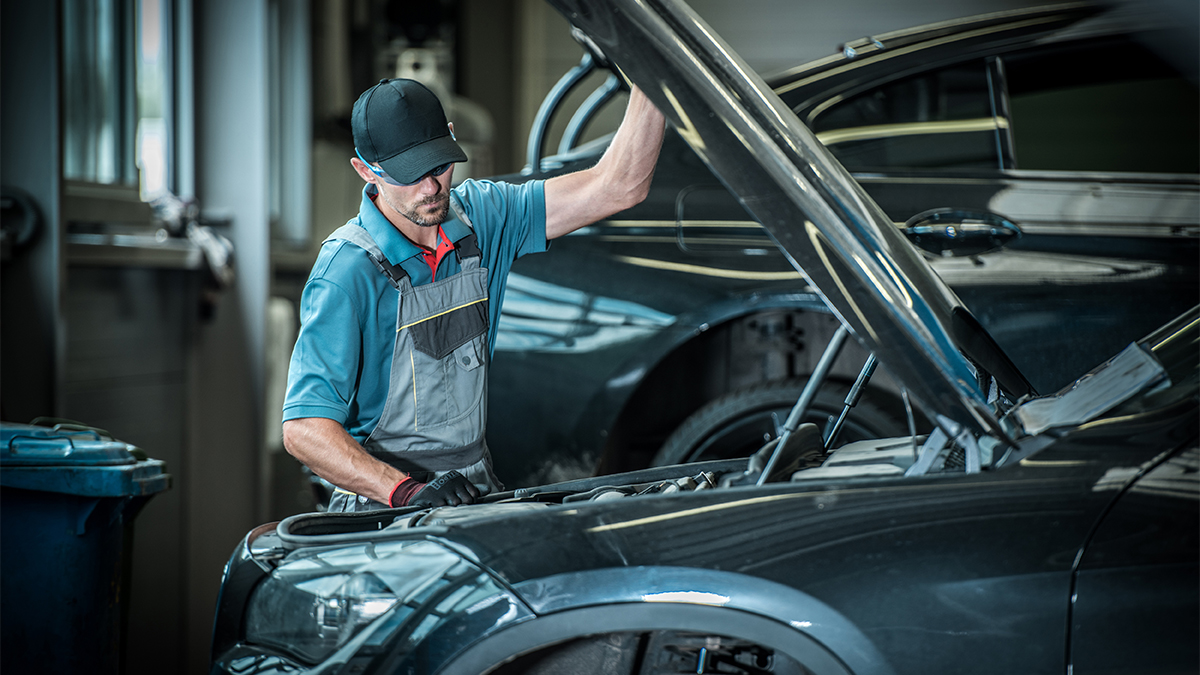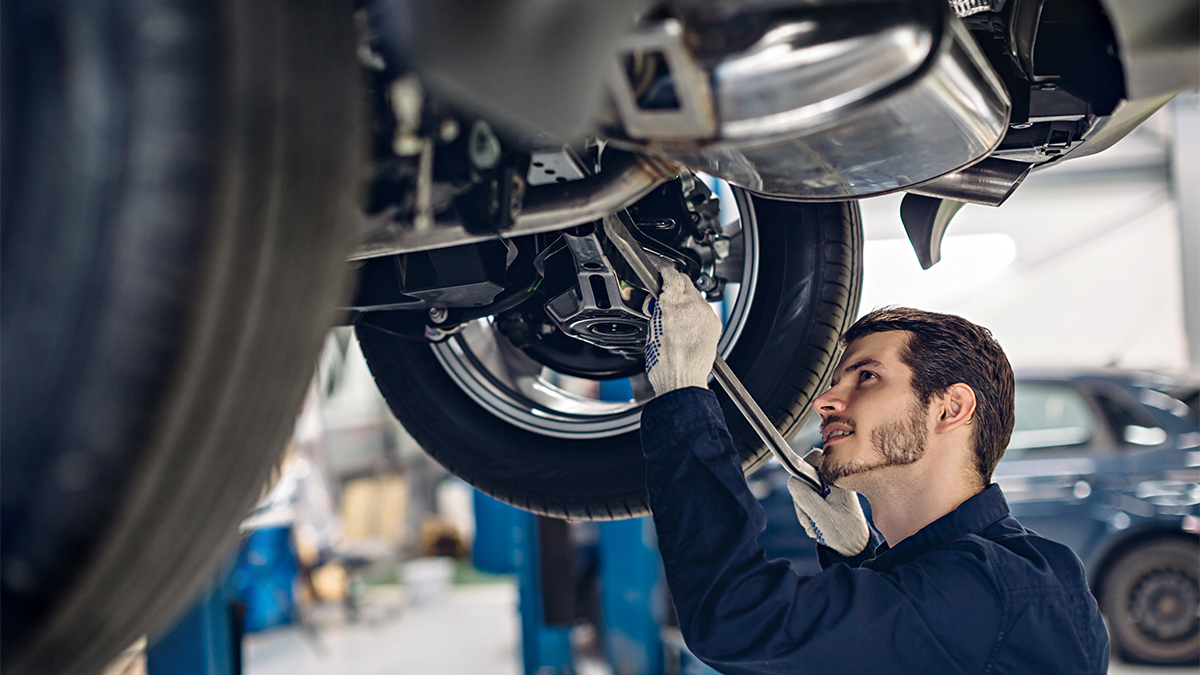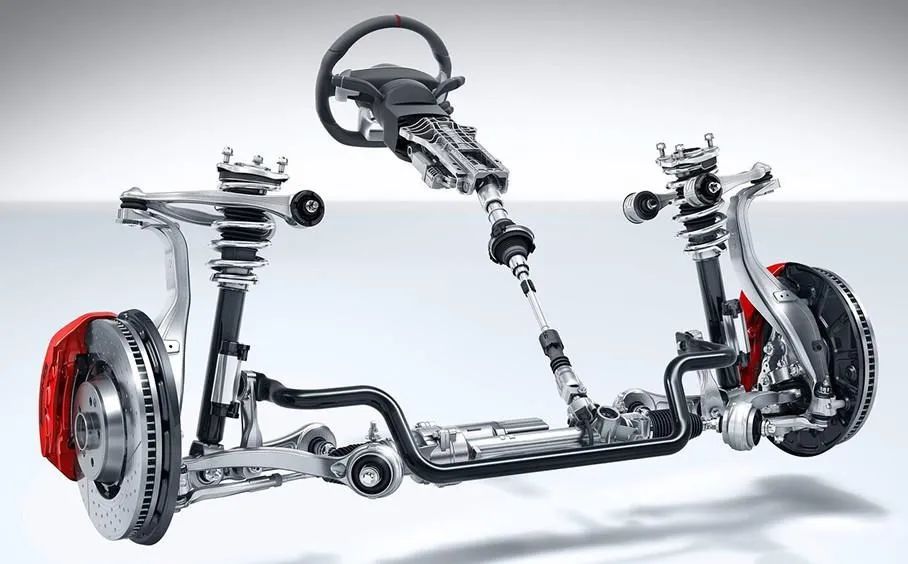Editor’s Note:
We are thrilled to have James, a professional heavy diesel mechanic with over half a decade of experience in automotive vehicles, share his expertise with our readers. James’s background spans working on light vehicles, performance cars, and currently, public transport buses. His passion for performance cars remains unwavering, and we are excited to have him guide you through the world of coilovers. In this article, James provides detailed insights on installing coilovers, understanding their components, and offers valuable tips and tricks to enhance your vehicle’s performance. We hope you find his expert advice both informative and practical.
Everything You Need to Know About Coilovers – Part Ⅰ
Coilover Components Explained
-Damping
Commonly confused with dampening, damping is a word used to describe the effect of the speed of oscillation within a shock absorber. Within a shock absorber is a chamber filled with hydraulic fluid and high pressure gas. When the shock absorber is compressed, the fluid runs through a piston within the chamber, and when the coil spring forces the shock absorber to decompress, the fluid has to pass through holes in the piston. This gives a damping/slowness effect on the shock absorber. Without it, the kinetic force of the coil spring will not be controlled, and the vehicle will constantly bounce around as the energy of the spring transfers to the vehicle instead of being controlled by the shock absorbers damping effects.
-Camber Plate
Built into some top hats, it allows your coilover assembly to shift backwards and forwards. This allows for extra adjustment for camber. Camber, especially negative camber, allows the vehicle’s wheels and tyres to grip better when cornering at high speeds.
-Progressive springs
A progressive spring is the same as a coil spring, however it’s designed to have a progressive and non linear spring compression rate. The more a progressive spring compresses, the more it will resist compression. The closer coils compress first, and then the stiffer coils compress afterwards. Progressive springs allow for comfort due to the compressible coils, while allowing you to still retain good handling characteristics due to the stiffer coils.
-Spring preload
Load that is placed upon the coil spring. Typically, you will not be required to adjust this as the factory should have set this up for you. Should you need to adjust it for any reason, adjust it to the manufacturer’s recommended adjustment specifications.
-Twin Tube Shock Body
As the name suggests, the shock has two cylinder bodies. The inner tube usually houses the piston rod, piston valve, hydraulic fluid and base valve, while the outer tube body houses more hydraulic fluid and high pressure gas. This allows for better handling and damping performance.
-Helper spring
A small spring designed to hold the main coil spring up. This device is usually seen on coilovers with high spring rates and small coil springs. This helper spring is not meant to have preload or any kind of adjustment, and is only there to hold the main coil spring in place and prevent the spring from rattling around.
-External Reservoir
A reservoir of high pressure gas that is mounted on the side of the shock absorber body. This allows for the shock to hold more hydraulic fluid, which combats heat and reduces the reduction of performance due to overheated hydraulic fluid, which leads to fading of the shock absorber.
While there seems to be a lot of options (and information) for coilovers and their components, they are not compulsory and are not required for every vehicle. The fewer options you have, the cheaper the coilover will be, and the more options, the more expensive it will be! So how do you know what coilover and additional options you should purchase? My personal opinion is: if you own a sports car, or plan to track your car and place your car’s suspension under high stress on the track, you should consider more of the additional options. If you own a street car that sees occasional track or spirited driving, have a few added options such as damping and camber adjustment.
